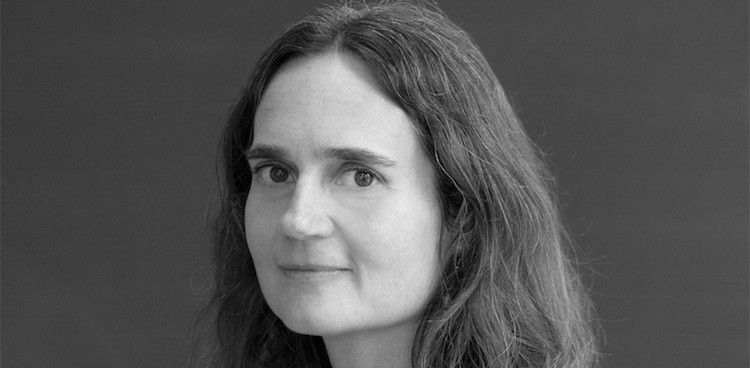
It was Cato Corner Farm Hooligan that sparked anthropologist Heather Paxson’s cheese curiosity—especially after she discovered that the stinky, washed-rind wedge purchased from New York City’s Union Square Greenmarket was made by Mark Gillman, a fellow Haverford College alum. How had the philosophy major she knew become an artisan cheesemaker? This and the other stories she collected from interviewing makers and visiting farms around the country were the basis for her 2012 book, The Life of Cheese: Crafting Food and Value in America. Here, the 46-year-old Massachusetts Institute of Technology professor—who is working on the forthcoming Oxford Companion to Cheese—talks passion and quince paste.
ON EARLY FOOD MEMORIES: “I grew up in the Midwest, in southern Illinois, but my parents are from the East Coast. And I think I had a sense of myself as a food snob because I refused to drink soda—I hated it. I couldn’t stand sweet, carbonated beverages. I still can’t. And I couldn’t stand American or Velveeta cheese, so we always had cheddar or baby Swiss or Muenster.”
ON CHEESEMAKERS: “There’s very little in common among these people other than they make cheese—[that] they’ve decided to devote their lives and much of their resources to this kind of crazy endeavor. They all come to it with different skills and different material resources, and they all want to get something out of it besides money, because they’re not going to make money, anyway. They all have something that they see in the labor, in the devotion to the animals, or to the craft, or to their commitment to being part of an ethical food system. Whatever it is, there is a huge range of sentiments or values that motivate these people to do something that’s really not rational. There is no one profile of the artisan cheesemaker.”
ON THE PERFECT CHEESE PLATE: “I love sheep’s milk cheese—Basque sheep’s milk cheese. I love alpine-style cheeses. And then I love creamy robiola-type cheeses. I don’t always get blue cheese, but I like a Stilton or a Roquefort rather than the crumbly kind.”
ON THE PERCEPTION CHALLENGES CHEESEMAKERS FACE: “As an outside anthropological observer, I think there are a lot of misconceptions about artisan food makers and artisans in general. I think the public likes to put artisan producers on a moral pedestal and wants them to conform to the consumer’s romantic ideal of moral virtue in food production and doesn’t want to see things that would compromise that expectation of moral purity. And that’s not fair.”
ON RECLAIMING THE WORD “ARTISAN”: “Artisanship, craftsmanship—these are very old concepts, and cheesemaking has a very old history of practice. I think it’s actually important for artisan food makers to reclaim the word and to be able to explain why what they’re doing is not what Nabisco is doing with their crackers or not what Domino’s is doing with their pizzas. I think the consuming public would be open to learning what that distinction is.”
ON PAIRINGS: “I have a graduate student who’s Brazilian who brought me a homemade quince paste from her uncle’s farm, which has been really fun. That’s gone really well with an herbed, fluffy sheep’s milk cheese that I picked up. And wine.”
ON MONGERS: “The cheesemonger is the interface between the rural producer and the urban consumer. . . . They have a few important roles. One is the ability to convey the story, to convey an understanding of the labor that went into the cheese that helps account for the price— the story that helps that price go down a little more smoothly. But it’s not just about rhetorical skills. It’s a practical skill to care for the cheese, because [mongers] have to work with an inventory that is changing. The monger has to be able to sell the cheese at different stages of ripeness.”




